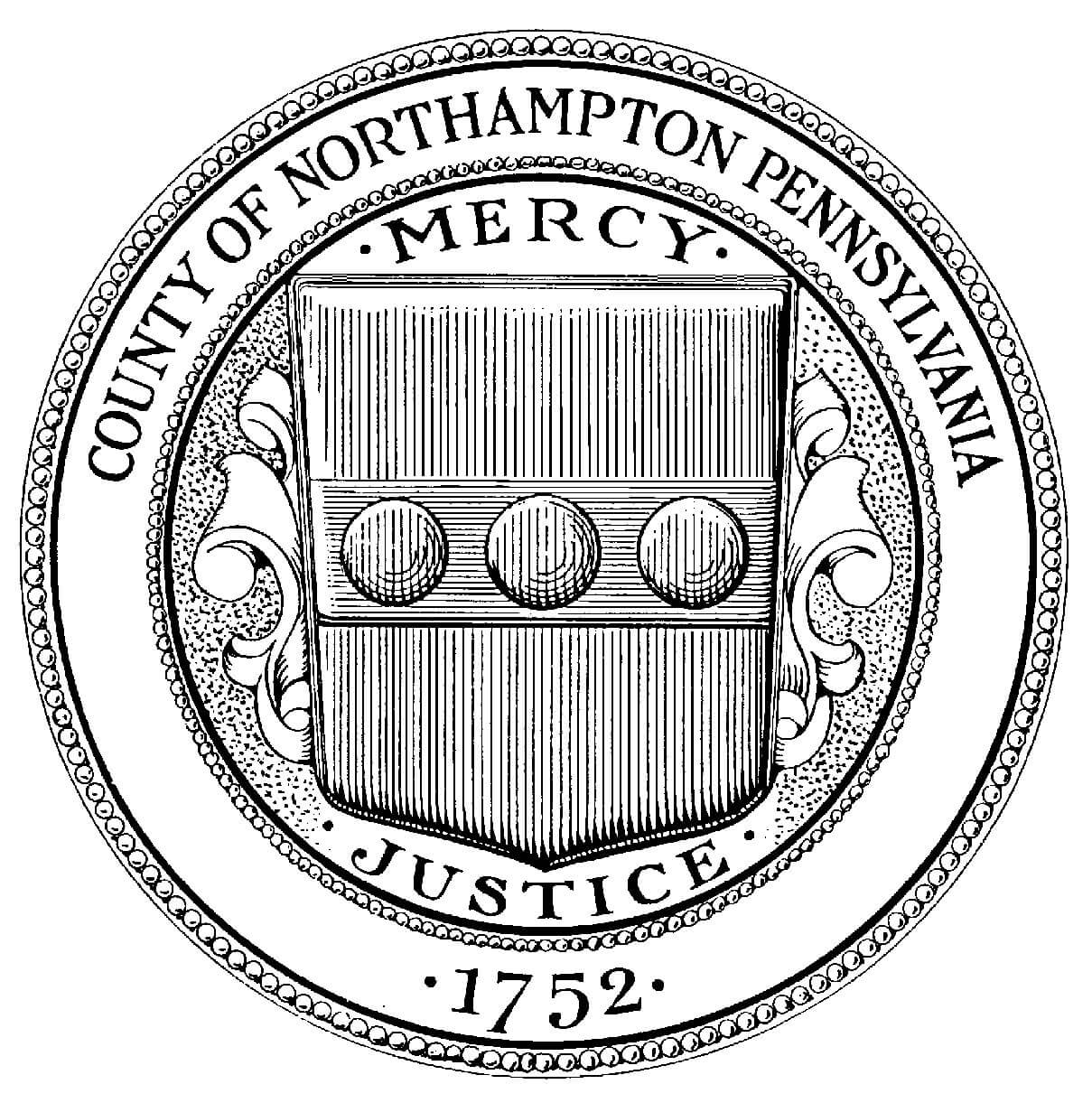Visit Us
Walk through history as we guide you to things to learn, places to discover, and events that help connect us to our rich heritage.
Christmas 2025 Tickets on Sale Now! Get the best deals of the year on our holiday programming! Purchase your tickets before July 31 to save. Buy now.
Walk through history as we guide you to things to learn, places to discover, and events that help connect us to our rich heritage.
Experience Information
Discover the stories behind where we came from, how we arrived here, and what we are doing now to serve our community.
Experience Information
Get to know more about HBMS — dedicated to telling the stories of Bethlehem's past and its lasting impact on our community.
Read More
Find out why our city is The Christmas City while planning your scenic downtown visit and warming to our holiday traditions.
Experience Information
Review updates and progress on Historic Bethlehem’s initiative to grow closer to our World Heritage nomination.
Learn More
Work with us and share in our mission to keep our history alive while building our future together.
Membership Information
June 14th, 2016 | In The News
Written by Nicole Radzievich for The Morning Call
The World Heritage list is a roll call of marvelous icons. The Pyramids of Giza. The Great Wall of China. Stonehenge. The Statue of Liberty.
Could Bethlehem be next on the exclusive list?
No, not the biblical town (though the Church of the Nativity there was added in 2012) but the Lehigh Valley city founded 275 years ago by Moravian missionaries.
That’s the hope of Charlene Donchez Mowers, longtime president of Historic Bethlehem Museums and Sites and a driving force behind securing the international accolade.
The preservation list has 1,031 sites — 23 in the United States — of natural or cultural significance, representing a “masterpiece of human creative genius” or exhibiting “exceptional natural beauty.” The designation brings no promise of grants but raises the community’s profile in the competitive sightseeing industry.
Mowers has spent the last 15 years working to get Bethlehem’s original 14-acre religious commune on the World Heritage list, and Bethlehem finally might get a shot at the title.
The United States, for the first time in eight years, is revising its tentative list — an inventory of American treasures from which it will choose nominations for a UNESCO World Heritage committee to consider.
“Bethlehem is the microcosm of our country,” Mowers said. “It was founded by a religious group in 1741, the Moravians, a mainstream moderate Protestant denomination. They had incredible concepts.”
Fleeing religious intolerance in Europe, the Moravians came to Bethlehem and built a mission that included a complicated network of industries from the banks of the Monocacy Creek to the farms of Upper Nazareth Township.
John Adams marveled over the Waterworks, the first municipal water pump system in America, in letters to his wife. Gen. George Washington was so impressed by the Moravians’ medical care that he moved the Continental Army’s hospital to Bethlehem during the Revolutionary War. The community had craftsmen, musicians and educators who taught everyone, regardless of wealth, gender or race.
Today, the Moravian story is told in the well-preserved, Germanic architecture that still stands in the heart of downtown Bethlehem.
Moravian Bethlehem includes the Colonial Industrial Quarter, God’s Acre cemetery, the Sun Inn and buildings of the Central Moravian Church, the city of Bethlehem, Historic Bethlehem and Moravian College. The district includes two buildings recognized as national historic landmarks — the Waterworks pump house and the Gemeinhaus community hall.
The U.S. Department of the Interior in 2012 recognized that district’s importance, naming it a National Historic Landmark District. There are just eight such districts in Pennsylvania and 200 across the country.
Mowers is hoping that designation strengthens Bethlehem’s chances of getting on the tentative U.S. list. Historic Bethlehem is behind the effort, and elected officials and community organizations have committed to write letters of support if Moravian Bethlehem gets a spot on the list. The city tried but didn’t make the cut in 2008, though the National Park Service said it had potential and left open the possibility of future consideration.
Ultimately, 14 of the 35 applications made the 2008 tentative U.S. list. Three of those sites have since been added to the World Heritage list: Papahanaumokuakea (a cluster of Pacific islands and atolls) in 2010, Monumental Earthworks of Poverty Point (an archaeological park in Louisiana) in 2014, and San Antonio Missions (five frontier mission complexes in southern Texas) last year.
The competition was formidable. Only two from the tentative list can be nominated each year. Among those still on the list from 2008 are Petrified National Forest and Mount Vernon.
Ohio, too, is still on the 2008 tentative list for its Hopewell Ceremonial Earthworks, which has the world’s largest concentration of prehistoric, geometric architecture. Boosters there are hoping the site will be nominated to the World Heritage list in the next year or two.
“The amount of precision and astronomical symmetry that went into this 2,000 years ago with primitive tools, it’s a tremendous accomplishment,” said Todd Kleismit, director of community and government relations at Ohio History Connection.
In 2012, President Barack Obama’s administration sought to get a wider variety of sites on the tentative list. In 2008, candidates submitted a formal application. Today, there is no application. Sites are being identified by a committee of experts across different disciplines.
More than 100 sites, ranging from Pearl Harbor to Key West, have been suggested. Charleston, S.C., which features the Old Slave Mart and Fort Sumter, has been lobbying hard, arguing the city is a confluence of European, Caribbean and African cultures. Its advocates have taken their mission to the internet with an online petition and social media campaign.
“Charleston is a world-class city that a lot of people come to visit,” said Brittany V. Lavelle Tulla, executive director of the Charleston World Heritage Coalition. “This moniker would really help us grow in a sustainable way, keeping local culture at the forefront. This world heritage designation is a global celebration of local heritage.”
Mowers said she knows the competition is fierce, but believes Bethlehem has the brawn to fight its way onto the prestigious list.
Stephen Morris, chief at the National Park Service’s Office of International Affairs, said a working group is narrowing the list and Bethlehem “is very much under consideration.” The Park Service expects to have a revised tentative list by next year.
That’s when the real work begins. On the low end, he said, communities can spend hundreds of thousands of dollars to make the case that they are worthy of being on the list.
Sites are chosen on the basis of whether they have “outstanding universal value.”
Morris said sites that might be significant to the United States might not meet that benchmark as a World Heritage site. He pointed to Mount Vernon, Washington’s plantation in Virginia. It was panned by the International Council of Monuments and Sites because its application did not show its importance in a world context. That application is being resubmitted under a different rationale.
He said Bethlehem’s prospects could be strengthened by World Heritage sites that have come before it.
Christiansfeld, Denmark, a Moravian community settled 30 years after Bethlehem, was declared a World Heritage site last year after a decades-long effort by scholars and advocates who documented the community’s importance in a 600-page application (with a 300-page appendix).
During the campaign, Christiansfeld leaders reached out to Moravian communities around the world — including Bethlehem — to share what they had in common.
Christiansfeld officials identified Bethlehem as a well-preserved example of Moravian communities. Bethlehem is one of several — including Genadendal in South Africa, Zeist in the Netherlands and Gracehill in Northern Ireland — the officials identified while preparing their case for a World Heritage designation. At one time, the Moravian communities were contemplating a joint application for the World Heritage list.
Mowers, a former Spanish teacher with a passion for history, has been meeting with representatives of Christiansfeld and has visited other Moravian communities around the world as she prepares Bethlehem’s bid. The nonprofit she leads has hosted a Danish delegation, including a princess, in Bethlehem. Thanks to an anonymous benefactor financing Mowers’ efforts, she has visited Gracehill and the Moravian community in the South African fishing village.
The Rev. Jorgen Boytler, a Danish Moravian who helped shepherd Christiansfeld’s application, said there are striking similarities in the way his community and Bethlehem understand life and religion.
He said both towns were built according to the needs of a particular religious group, and the town was designed to fit their community.
“It has aesthetic values that play an important role in experiencing the quality of life as a Moravian,” said Boytler, business administrator at the Moravian Unity of the World Wide Moravian Church. “The outstanding values consist of the combination of tangible and intangible values.”
Boytler said that even in just a year, his community has experienced the benefits of being a World Heritage designation, with triple the number of tourists by some counts. The media cover the small town more, drawing more people to its restaurants, shops and museums.
“Christiansfeld is simply much more known in Denmark and beyond,” he said.
Being selected doesn’t come with a direct monetary reward. And in the United States, the economic effects of the designation are unclear. Morris said many sites are national parks or monuments, making it hard to isolate the impact of a World Heritage designation alone. He said the spot to watch is San Antonio, a newly minted site that is starting a World Heritage marketing campaign.
Bethlehem, which sees about a million people a year during Musikfest, is already on the tourism trail. About 50,000 people a year come to the ticketed events and tours conducted by Historic Bethlehem Museums and Sites, producing an estimated $3 million of economic punch to the region, and even more visitors simply marvel at the historic buildings during shopping trips or downtown festivals.
“We have urban heritage. We have cultural diversity. There were all of these different people living here in Bethlehem in the early days,” Mowers said. “We are still a living society, living culture.”
But is that enough to make the tentative list?
Bethlehem should know how it stacks up by fall, when the Department of the Interior is set to publish a draft list of no more than 10 sites.
501 Main Street
Bethlehem, PA 18018
Today's Hours 11:00 AM – 5:00 PM
Translate the Historic Bethlehem Museums & Sites website into your language of choice!












